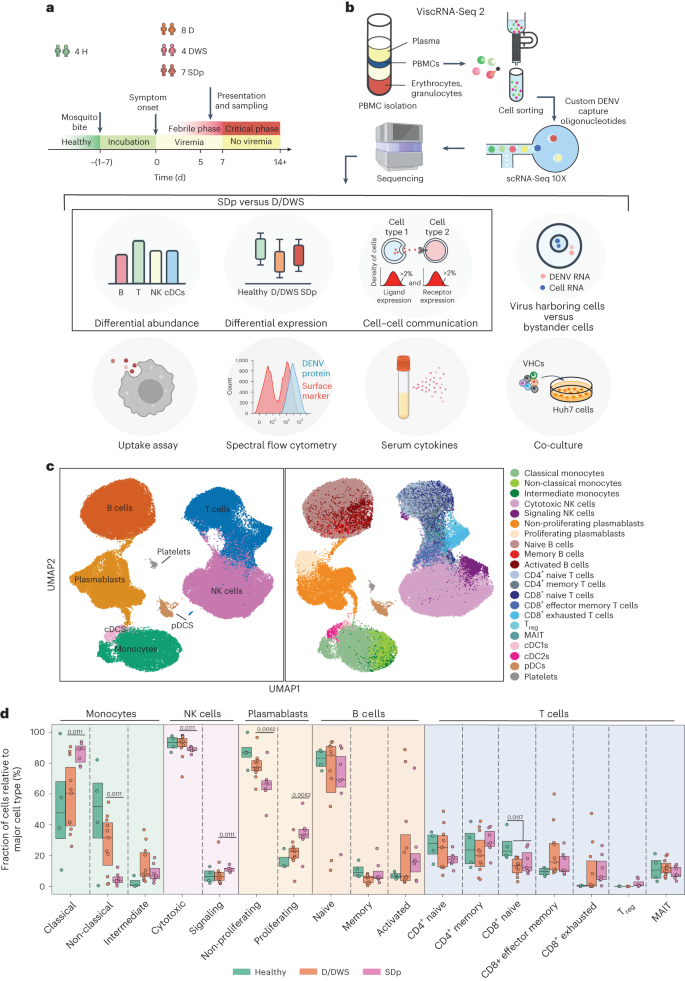2023-10-30 イリノイ大学アーバナ・シャンペーン校
◆研究は、子供たちが最も脆弱な集団であることに焦点を当て、農薬曝露と急性リンパ芽球性白血病(ALL)の死亡率との関連性を検討しました。農薬曝露と癌死亡との直接的な因果関係を示すものではないが、研究は他の潜在的な説明を除外するためのいくつかのステップを踏んでおり、この結果は農薬曝露と小児がんの死亡との関連性を示唆しています。
<関連情報>
- https://aces.illinois.edu/news/soy-expansion-brazil-linked-increase-childhood-leukemia-deaths
- https://www.pnas.org/doi/full/10.1073/pnas.2306003120
ブラジルにおける農業集約化と小児がん Agricultural intensification and childhood cancer in Brazil
Marin Elisabeth Skidmore, Kaitlyn M. Sims, and Holly K. Gibbs
Proceedings of the National Academy of Sciences Published:October 30, 2023

Significance
Pesticides are critical to agricultural intensification but can negatively impact human health. We show that as soy cultivation spread across Brazil, agricultural pesticide exposure was associated with increased childhood cancer mortality among the broader population indirectly exposed to these chemicals. We find that populations were exposed to pesticides through the water supply, but negative health effects were mitigated by access to high-quality cancer treatment centers. Our results support policies to strengthen pesticide regulation, especially in contexts intensifying their food production systems, and increased public health attention to pesticide exposure in the broader community.
Abstract
Over the last several decades, Brazil has become both the world’s leading soy producer and the world’s leading consumer of hazardous pesticides. Despite identified links between pesticide exposure and carcinogenesis, there has been little population-level research on the effects of pesticide intensification on broader human health in Brazil. We estimate the relationship between expanded soy production—and related community exposure to pesticides—on childhood cancer incidence using 15 y of data on disease mortality. We find a statistically significant increase in pediatric leukemia following expanded local soy production, but timely access to treatment mitigates this relationship. We show that pesticide exposure likely occurs via water supply penetration. Our findings represent only the tip of the iceberg for substantial health externalities of high-input crop production and land use change. Our results are of particular interest in developing contexts with demand for intensified food production systems and underscore the need for stronger regulation of pesticides and increased public health attention to exposure in the broader community.


